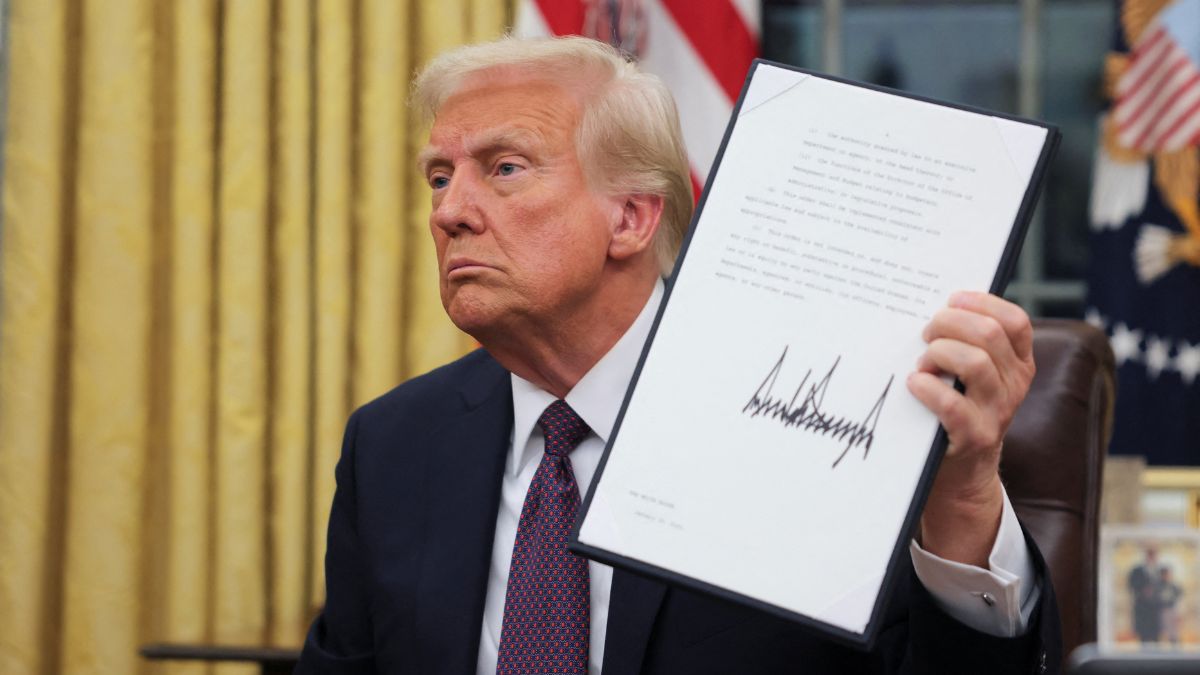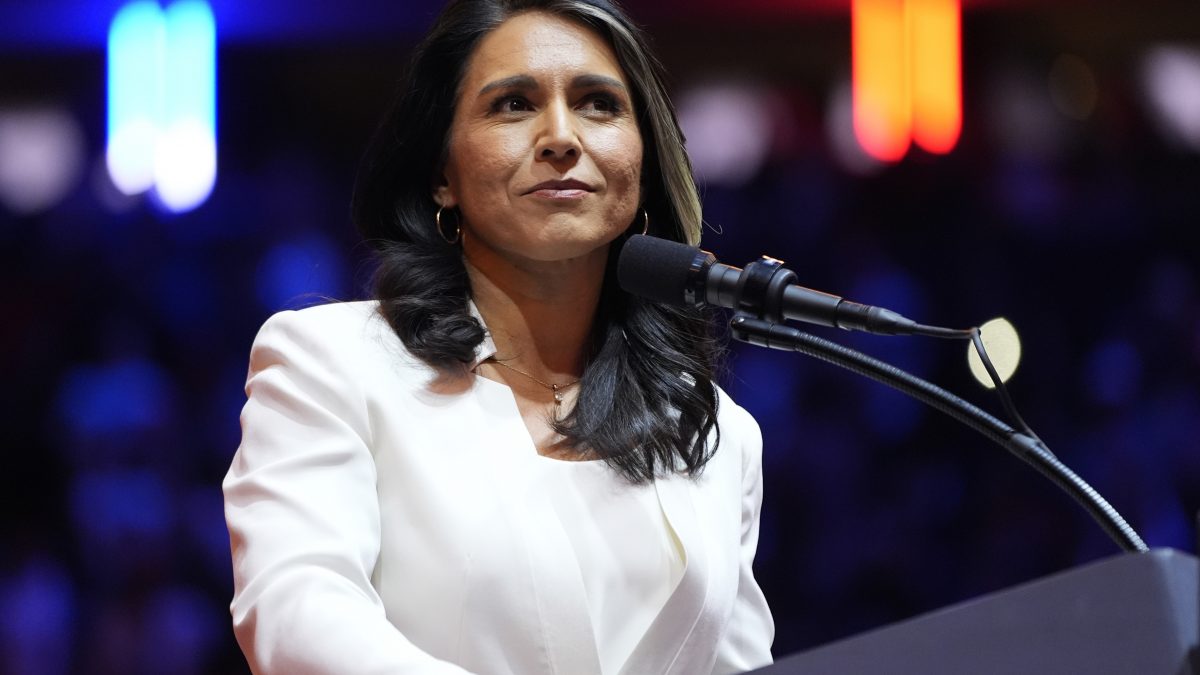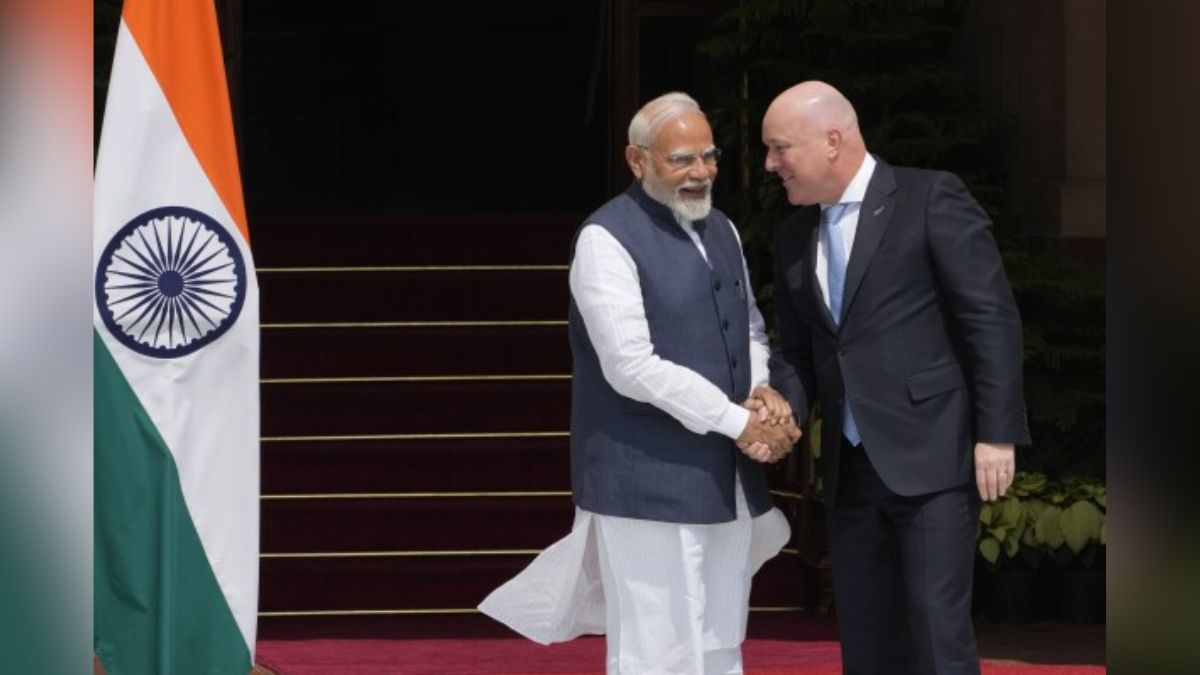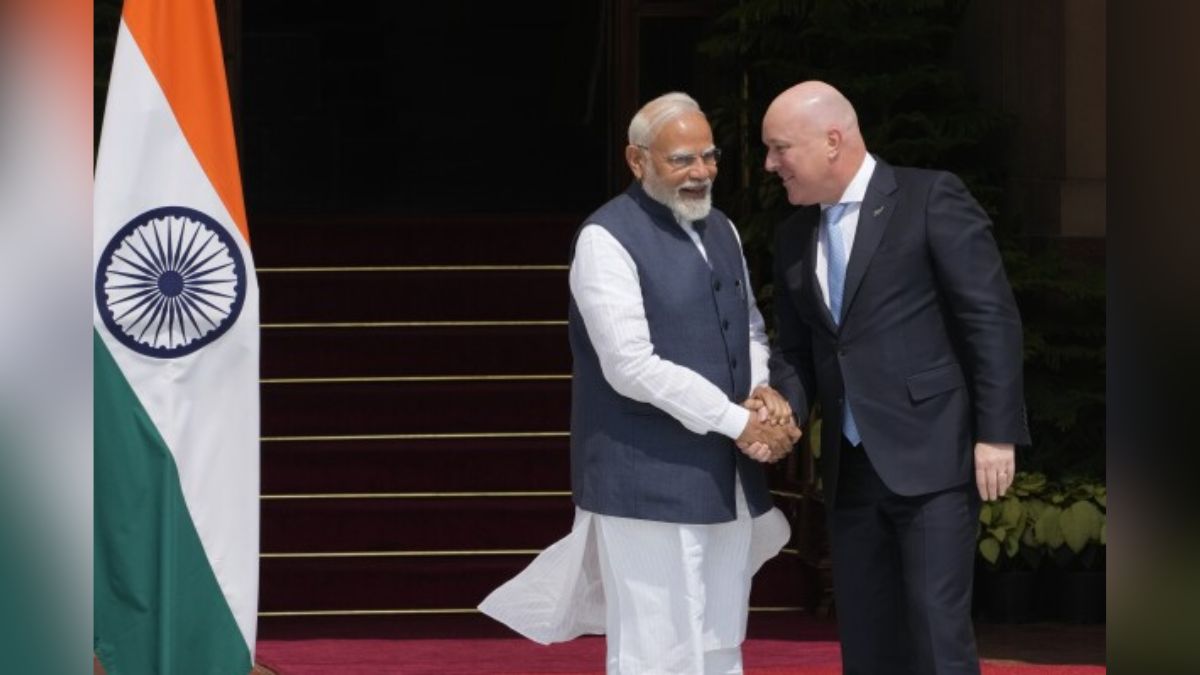Executive orders are one of the most powerful tools available to the president of the United States, offering a way to direct federal government operations without the need for congressional approval.
US President Donald Trump had signed a slew of executive orders on his first day back in office on Monday, an echo from the time he signed off countless executive orders during his first term.
These signed orders are directives that can be employed to advance key policy objectives quickly. However, these directives have limitations and often differ in impact compared to legislation passed by Congress.
What are executive orders?
Executive orders are written directives issued by the president to federal agencies, outlining how the executive branch should operate.
These orders can range from mundane administrative tasks, such as granting federal employees a holiday, to significant policy decisions, such as shaping environmental regulations or altering immigration policies.
For example, former US President Joe Biden signed an order to establish a framework for regulating artificial intelligence, while Trump issued an order to stop diversity, equity, and inclusion programs within the federal government.
The authority for executive orders is derived from Article II of the US Constitution, which vests executive power in the president. While executive orders have the force of law, they are not laws in themselves and must operate within the framework of existing statutes and constitutional provisions.
Unlike laws passed by Congress, they do not require legislative approval and primarily direct the internal workings of the federal government.
How do executive orders compare to Congressional legislation?
A law passed by Congress carries greater weight than an executive order because it represents the collective will of the legislative branch and applies universally across the nation. Once signed into law, it must be adhered to by all, with penalties for noncompliance.
In contrast, executive orders are akin to instructions issued by the CEO of a company to its employees. They are binding only within the federal government and are limited in scope.
For instance, while Congress can pass a law mandating nationwide actions, an executive order can only direct federal agencies on how to enforce or interpret existing laws.
If an order exceeds the president’s authority or conflicts with statutory law, it can be overturned by courts or overridden by subsequent legislation.
How are executive orders used to advance agenda?
Executive orders are often used to advance policy goals that face resistance in Congress. For example, Franklin D Roosevelt issued an executive order during World War II to establish detention centers for Japanese Americans, while Harry Truman attempted to seize steel mills during the Korean War to prevent a strike.
Truman’s order, however, was invalidated by the Supreme Court, which ruled that he lacked the authority to take such action without congressional approval.
Donald Trump also utilised executive orders extensively. These included a temporary hiring freeze for federal agencies, a mandate for federal employees to return to office work, and actions targeting immigration and environmental policies.
Some of these orders faced legal challenges, such as his controversial travel ban on certain majority-Muslim countries, which was later revoked by Biden.
In comparison, Joe Biden signed executive orders addressing issues such as rejoining the Paris Climate Agreement and revoking Trump’s emergency declaration to fund a border wall.
Barack Obama, who served two terms, issued orders which included measures to address healthcare and immigration.
Can executive orders be reversed?
Executive orders are inherently temporary. A sitting president can revoke, modify, or replace orders issued by their predecessors. This has become a standard practice in modern presidencies.
For instance, Biden reversed several Trump-era policies, such as rejoining the Paris Climate Agreement and rescinding the travel ban on certain countries.
Similarly, Trump had earlier rolled back Obama-era initiatives, including the Affordable Care Act’s individual mandate.
How frequently are executive orders issued?
The frequency of executive orders varies significantly across administrations. Historical records show that Franklin D Roosevelt issued the most — 3,721 over 12 years — while modern presidents like Barack Obama and Joe Biden issued far fewer during their terms.
Trump signed 220 executive orders during his first term, averaging 48 per year. In comparison, Obama averaged about 35 per year, with a total of 277 orders during his two terms.
Meanwhile Biden signed 160 orders by the end of 2023.
While the volume of orders can reflect a president’s policy priorities, it is often the scope of these directives that generates public and political debate.
For instance, Biden’s initial orders included steps to combat climate change, while Trump’s targeted deregulation and immigration reforms.
Also Watch:
While executive orders are a powerful instrument of presidential authority, they are inherently limited compared to legislation passed by Congress.
They provide presidents with a means to act swiftly, especially in times of crisis or when legislative gridlock hampers policymaking. However, their temporary nature and susceptibility to legal and political challenges mean that their impact can be fleeting.
With inputs from agencies


)
)
)
)
)
)
)
)
)



